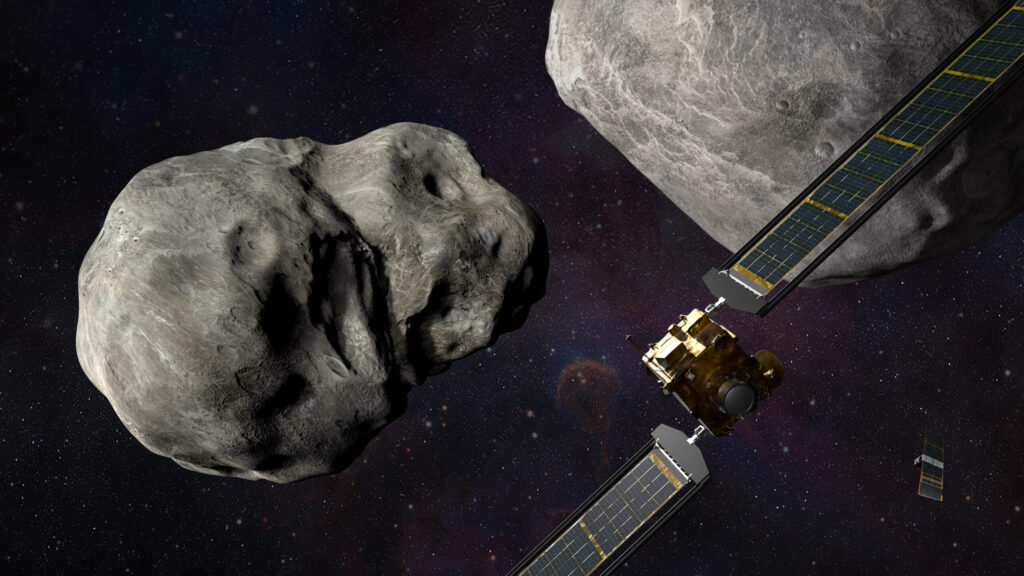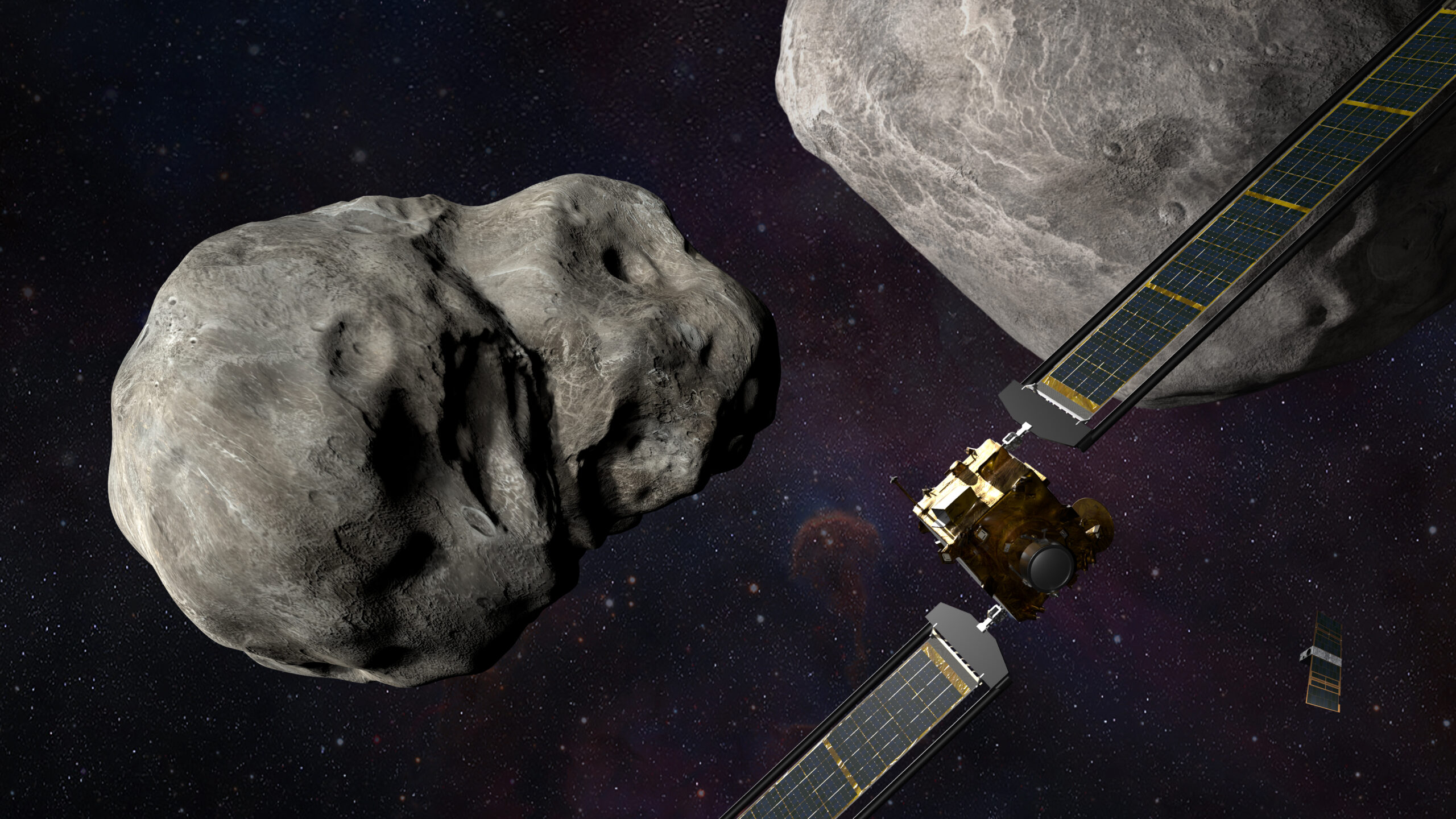
NASA sends gravity Tractor to Save Earth from External Threats
National Aeronautics and Space Administration plans to conduct tests aimed at protecting the Earth from outside threats. Among other things, they want to test the so-called gravity tractor.
NASA’s first ever mission aimed at changing the trajectory of the celestial object
TASS reported on the planned tests, citing a specialist NASA planetary defense Lindley Johnson. The statement was made at a briefing on the launch of the DART spacecraft, which is scheduled for the end of November.
This will be the first ever mission aimed at changing the trajectory of an asteroid. The concept is based on a so-called kinetic impact.
The apparatus will travel to the twin asteroid Didym-Dimorph and collide with Dimorph, causing it to change its orbital orbit around Didym. The astronomical object poses no threat to the inhabitants of our planet, and the mission itself will be rather demonstrative in nature.
However, even if successful, it will not guarantee the safety of Earth in the future. According to Johnson, one kinetic impact is not enough to counter threats of this kind. Among other things, they want to test a gravity tractor.
It is about the spacecraft, which should hang on the side of the asteroid. Natural gravity will pull the asteroid away from the path of travel, which will protect the planet. For the same purpose, NASA wants to test a focused ion beam. “There are a lot of great ideas that we will be exploring after the DART tests,” Lindley Johnson added.
In 2016, NASA created an office to coordinate planetary protection measures against asteroids. Within 48 million kilometers of Earth, scientists collect data that relate to the size, orbits and chemical composition of potentially dangerous comets and asteroids, as well as analyze the consequences of their collision with the Earth.
Recall that on Oct. 16 the U.S. launched the Atlas V 401 launch vehicle with the Lucy spacecraft, which will study the Trojan asteroids of Jupiter. The mission should answer questions related to the formation of planets and other bodies in our system.
On December 18, the long-awaited James Webb orbiting infrared telescope, designed to replace the famous Hubble Space Telescope, is to be launched from the Guiana Space Center.
The new instrument will allow, among other things, to see the light of the first stars and galaxies, and will also make it possible to identify relatively cold exoplanets





